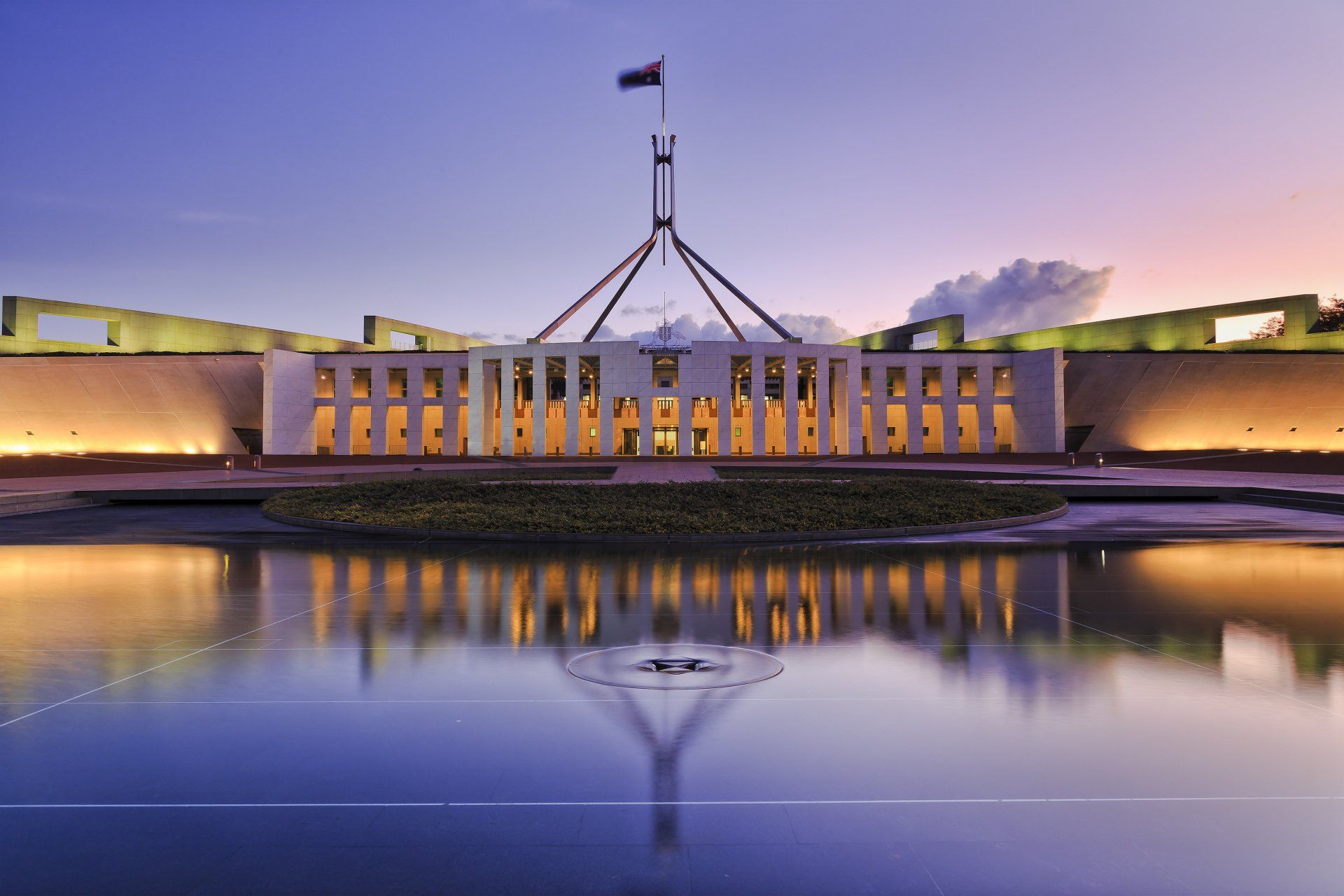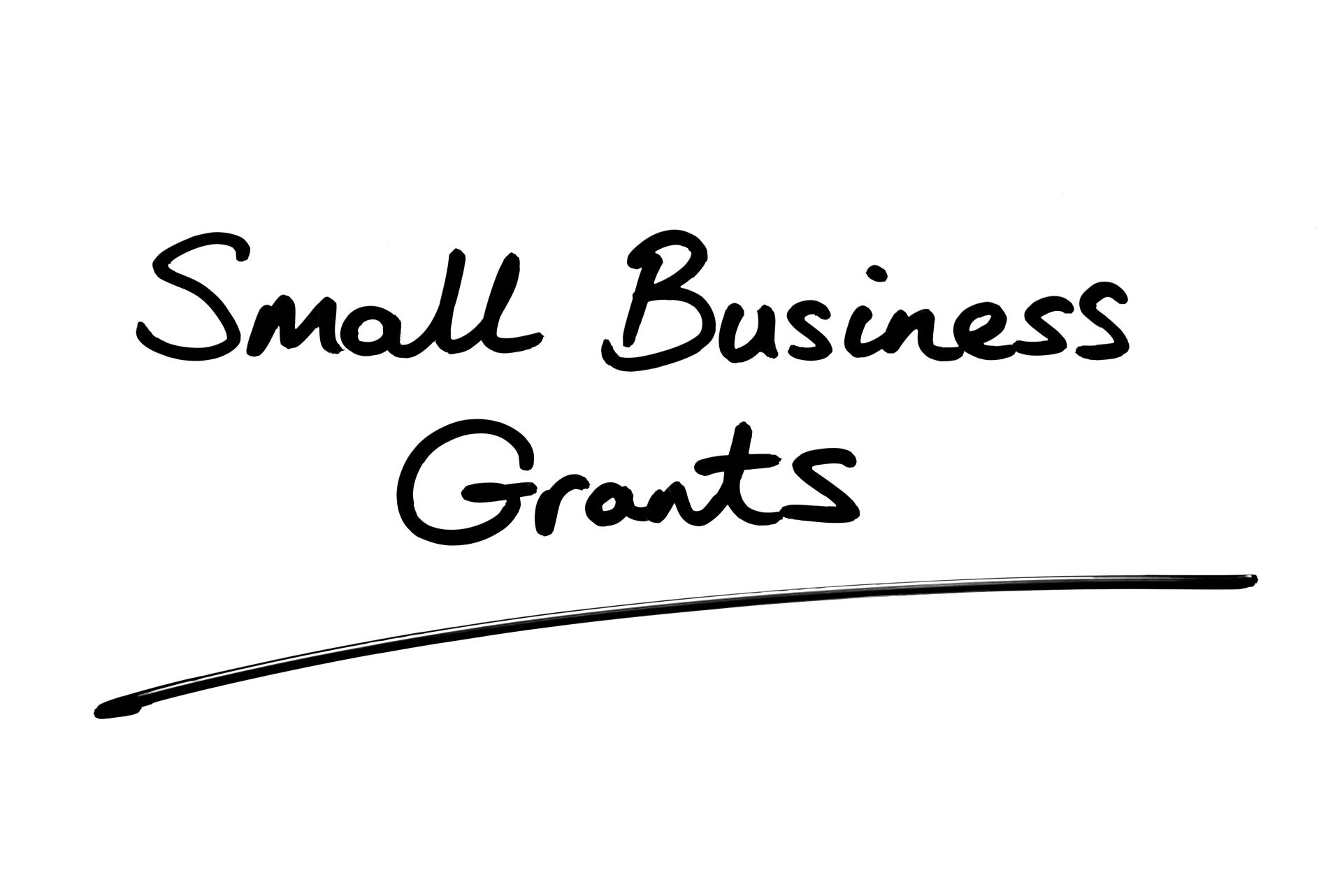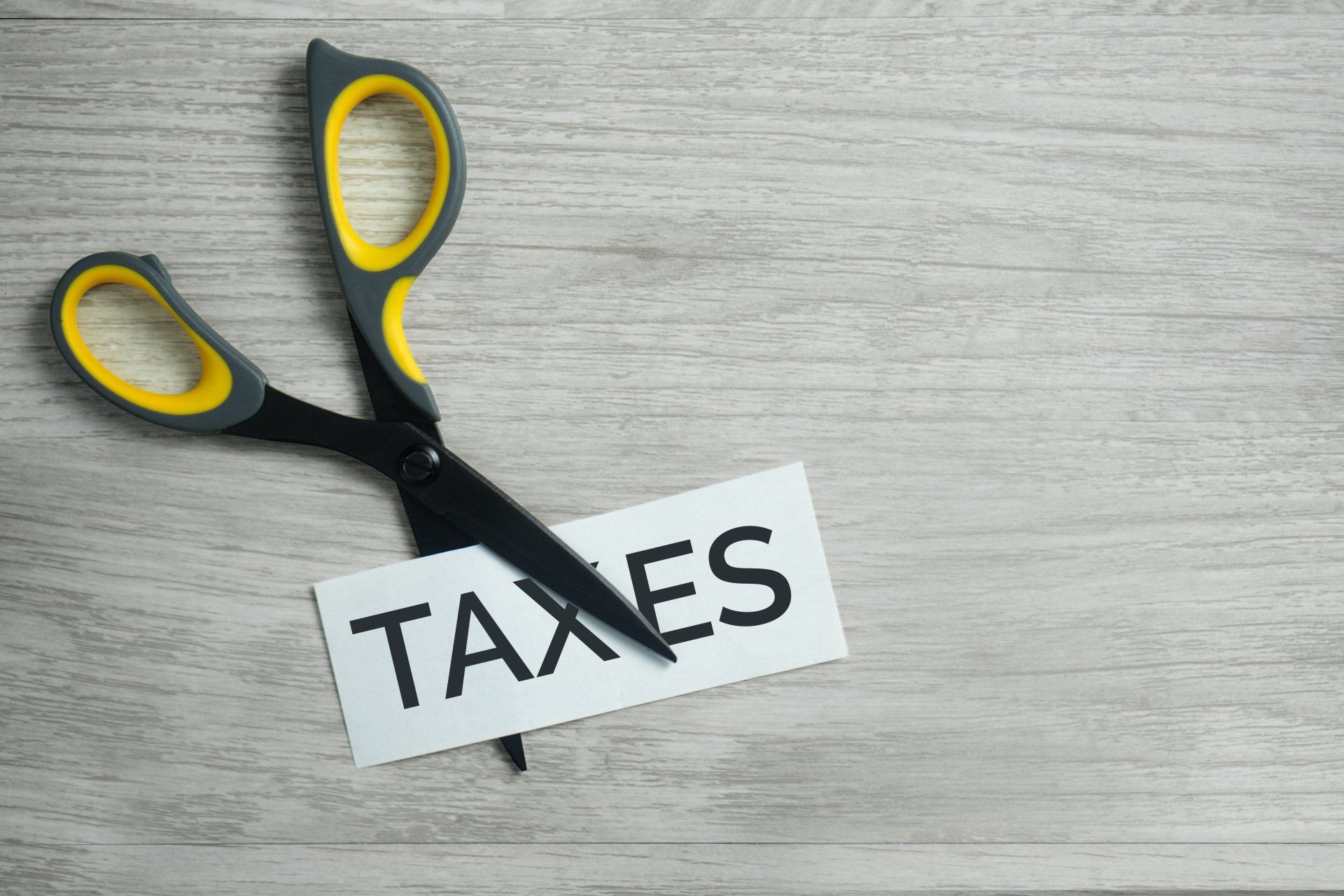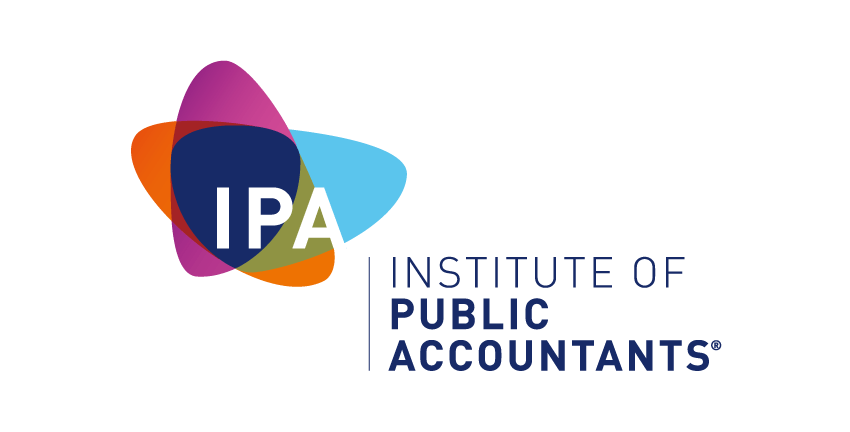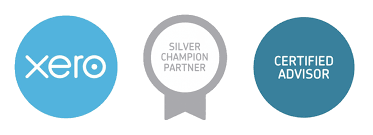The Government has finally passed the JobKeeper Legislation on the 9th April 2020.
My thoughts of the legislation, “It’s as clear as MUD!”
The legislation answer’s some of the questions we have all been asking, but there are some that will require the Commission of Taxation (ATO) to answer and to determine your eligibility.

A summary of the legislation is:
Purpose:
• To keep people employed/engaged with their workplace and to reduce the number of people on Centrelink benefits.
Eligibility
Who is eligible? The employer, the employees and the self-employed.
Employers
Employers can be either a company, trust, partnership & sole-trader, which pay wages to employees. An employer must have;
• Had an ABN on or before the 1st March 2020; AND
• Have met the decline in turnover test (see details below); AND
• Have either lodged their business income in their 2018/19 tax return on or before the 12th March 2020 (or such time allowed by the Commissioner, i.e. lodgement due date); OR
• Have reported business income via their Business Activity Statements from the period 1 July 2018 to 12th March 2020 (or such time allowed by the Commissioner)
The JobKeeper payment also enables eligible “Self-employed” people to receive a wage subsidy regardless of structure. This means:
• Sole Trader – you can also register yourself to receive the payment
• Partners of a Partnership – Only one partner is eligible. You must nominate which partner will receive the payment
• Directors of a Company that received dividends only – Only one director can be nominated to receive the payment
• Beneficiaries of Trusts that only receive Trust Distributions – only one individual beneficiary can be nominated to receive the payment. Corporate beneficiaries are not entitled.
Employees:
Which employees are eligible:
• Employees in the businesses above, which includes those stood down;
• Are either Full-time, Part-time, Casual employees will receive the payment if they have been with the same employer for more than 12 months (Must have started employment by 1 March 2019);
• Must have been employed from 1st March 2020;
• Must be 16 years of age;
• Must be an Australian citizen, a holder of a permanent visa, a Protected Special Category Visa holder, a non-protected Special Category Visa holder where the holder has been residing continually in Australian for 10 or more years or a Subclass 444 Visa holder;
• Are not receiving the JobKeeper payment from another employer
Decline in Turnover Test:
The decline in turnover test needs to be satisfied before an entity becomes eligible for the JobKeeper payment. Once this occurs there is no requirement to retest eligibility in later months.
For business whose turnover is less than $1 billion dollars, the reduced turnover must be 30% or more to be eligible.
The rules specify two ways in which a business can satisfy the decline in turnover test:
1. The Basic Test
• The basic test works by comparing the projected GST turnover of the entity for a period (the turnover period) with its current GST turnover as calculated for a relevant comparison period (the comparison turnover).
• In effect this compares either a month or quarter in the period, the JobKeeper payment applies with the corresponding period in 2019.
Examples of application of “Turnover Test”
Monthly BAS business
April eligibility:
• March 2020 vs March 2019 = 30% decrease in turnover (per BAS);
• April 2020 vs April 2019 = projected 30% decrease in turnover (per BAS);
• April 2020 vs April 2019 = close to 30% decrease in actual turnover (per BAS)
May eligibility:
• May 2020 vs May 2019 = projected 30% decrease in turnover (per BAS);
• May 2020 vs May 2019 = close to 30% decrease in actual turnover (per BAS)
Quarterly BAS business:
April – June eligibility:
• April – June 2020 vs April – June 2019 = projected 30% decrease in turnover (per BAS);
• April – June 2020 vs April – June 2019 = close to 30% decrease in actual turnover reported on BAS
2. Alternative Test
• The alternative test applies to those businesses where they do not have anything to compare the Turnover period with a relevant comparison period in 2019.
• This might be the case for a new business, started for example in January 2020 or a business that made a major business acquisition in 2020.
• Where the Commissioner is satisfied that there is no relevant comparison period, the Commissioner will determine an alternative turnover test.
Businesses not registered for GST:
• We are waiting for guidance from the ATO regarding non-GST registered businesses.
Entitlement only arises for those JobKeeper fortnights and later fortnights in which eligible employers are registered under the scheme prior to the end of a JobKeeper fortnight. The only exception to this is for the month of April 2020. In April 2020 employers may register prior to the end of April and if they meet the eligibility rules receive JobKeeper payments for eligible employees for JobKeeper fortnights in the two JobKeeper fortnights commencing from 30 March 2020.
What we don’t know about the Turnover Test:
• Please note, we are unsure at this stage whether we can apply to change the BAS reporting period from Quarterly to Monthly, in order to confirm eligibility for April based on April estimated turnover instead of waiting the quarter April to June
• We do not have guidance from the ATO yet to how they would like the projections calculated
HOW IT ALL WORKS
• Qualifying employers that decide to participate in the JobKeeper scheme must, as a condition of entitlement, notify all employees in writing that they have elected to participate in the scheme and that their eligible employees will all be covered by the scheme;
• The ATO pays the employer and employer pays employee (monthly in arrears), through payroll for employees;
• ATO pays those “self-employed” as mentioned above, direct to the individual;
• Eligible employers will need to identify eligible employees for JobKeeper Payments and must provide monthly updates to the ATO within 7 days of the end of the month for the following:
• Actual turnover for the month
• Projected turnover for next month
• Easiest way to report is STP (for everyone except sole traders, trusts reporting for beneficiary and company reporting for director not on payroll);
• Pay eligible employees at least $1,500 per fortnight (before tax). If an employee normally receives $1,500 or more per fortnight before tax the employee should continue to receive their regular income. Note: It is unclear at this stage if the employer must continue to pay their employee the same salary if it was more than the subsidy amount.
• Pay superannuation guarantee on normal salary and wages amounts paid to employees. If the employee normally receives less than $1,500 per fortnight before tax, the employer can decide whether to pay superannuation on the additional amount that is paid as a result of the JobKeeper program.
Other Important things to Note:
• Unlike the Jobseeker payment, there is NO
partner income testing
• You may re-engage employees who were previously made redundant
• Turnover will be defined according to the current calculation for GST purposes and is reported on Business Activity Statements. It includes all taxable supplies and all GST free supplies but not input taxed supplies.
• Under the GST law, only Australian based sales are included and therefore, only Australian based turnover is relevant. A decline in overseas operations will not be counted in the turnover test.
• Employees hourly rate cannot drop, only their hours can if still working and not stood down.
What’s Next?
• If you haven’t already done so, register your business at the JobKeeper Payment link here
• Once the ATO have registered your business they will send you details about the scheme.
Note: to opt in for April 2020, you must apply by 26th April
What you need to do NOW!
• If you don’t have an accounting system, you will need one. Our preferred system is Xero. Here is the link to the Xero Pricing page.
We also have a discount code from Xero which is 50% off for 6 months, which expires 30 April 2020. Code is HQPAYROLL. If you would like assistance with the setup of this, please call our office.
• Get your books reconciled to 31 March to review 30% decrease (if you report via a monthly BAS)
• Estimate decrease in next BAS period (if no BAS can choose quarterly or monthly, may also be able to change BAS period)
• Get your 2019 Income Tax Return done
• Get your business registered for STP (excluding sole traders)
• If you’re an employee speak to your employer
For more information you can view and download the Government fact sheets.
• JobKeeper Payment - Information for Employers
• JobKeeper Payment - Frequently Asked Questions
• JobKeeper Payment - Supporting Businesses to Retain Jobs
• How to process JobKeeper Payments - STP & JobKeeper Payment Calendar
Should you require assistance with this please email our office “JOBKEEPER ASSISTANCE”.
Regards,
Natasha De Andrade


